When The Last Samurai hit the screens, most viewers thought it was a well-done historical drama – and nothing more. Critics deservedly praised the play of T. Cruz and K. Watanabe, the skill of the costume designers and the excellent work of the operator. But over the years, it becomes more and more obvious that “The Last Samurai” is not worth watching for the sake of battle scenes and very accurately reconstructed samurai armor. For the director E. Zwick, the story of the fall of the military class in Japan is just a reason for thinking about the fate of civilizations, and, in particular, about the fate of traditional society.
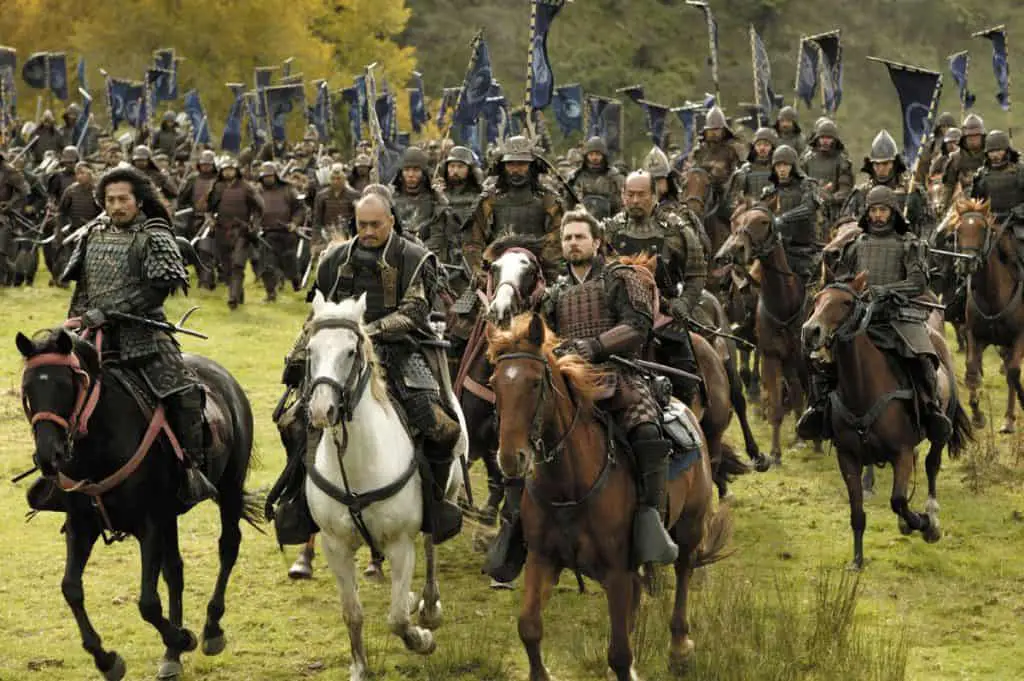
What happened to Japan in the 19th century
To understand the deep meaning of the film, it is necessary to at least briefly recall the main milestones in Japanese history in the 19th century. Until the middle of this century, island Japan was a closed state with a traditional feudal society, which consisted of several estates. Chief among them were peasants, warriors, clergy and aristocracy. The military class – the samurai – created its own ethical code within the framework of the national culture, reminiscent of the rules of medieval European knighthood. This code assigned a huge role to the concept of military honor, and battles were viewed as duels between equals, a kind of God’s judgment.
In the mid-19th century, the United States threatened Japan to open markets for American goods and break out of isolation. Realizing that his country was doomed without reforms, Emperor Meiji began to modernize society. In the new conditions, samurai with their age-old traditions and codes of honor were simply not needed. In fact, they were offered only two options: either stop being samurai, or stop being altogether. The samurai, both in reality and in the film, chose the second option, and in the film they appear as the embodiment of the best features of traditional society and the guardians of national identity.
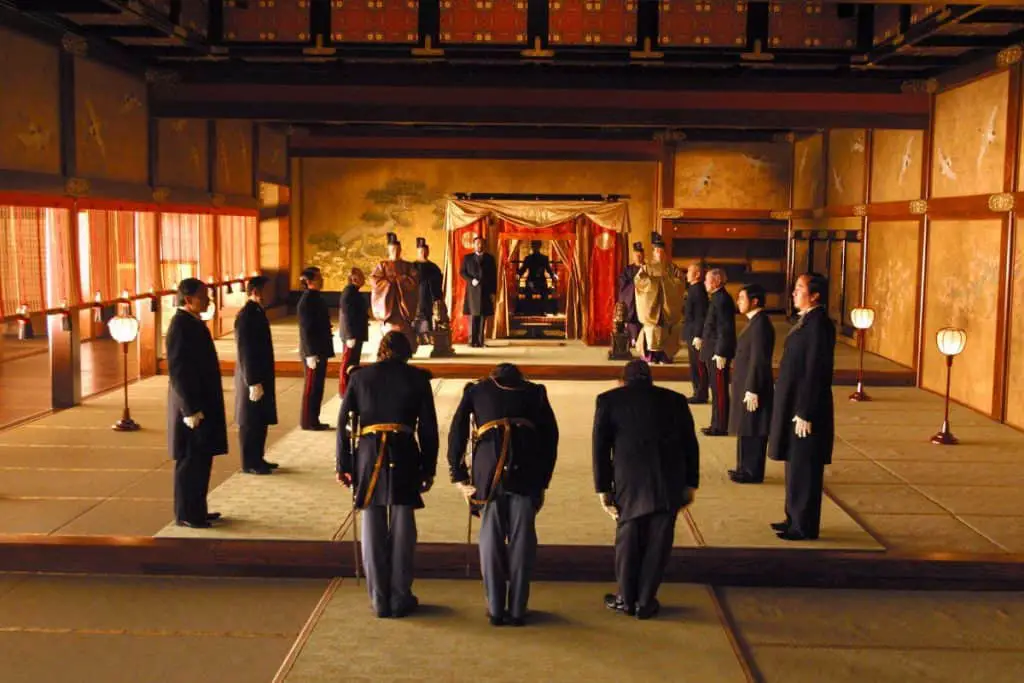
The traditional society, living with medieval knightly, that is, samurai concepts, is opposed in the film by a modern, industrial, capitalist society, and the director’s sympathies are clearly not on his side. And here we are getting closer to the main idea of the film.
What is the main idea of ”The Last Samurai”?
From the very beginning of the film, Captain Allgren appears as a symbolic figure, a kind of embodiment of the new, industrial order that reigned throughout the United States after the Civil War. It is no coincidence that he is a hero of this war (of course, on the side of the northerners), it is no coincidence that he took an active part in the genocide of the Indians – the same representatives of the traditional, archaic society as the samurai. This emphasizes the aggressive nature of the new civilization that emerged in the second half of the 19th century. All societies that hinder “progress”, all ethnic groups that did not want to play by the rules, sooner or later found themselves on the brink of destruction. The old ideas of honor have long been forgotten; instead of the cult of military valor, the cult of the dollar appeared.
Driven by the lust for profit, Olgren arrived in Japan, again, as in the case of the Indians, ready to kill people about whom he knows nothing and who have done nothing to him. Samurai for him are the next “savages” with whom you should not stand on ceremony. However, being captured by the “savages”, he was so imbued with their spiritual nobility that he eventually went over to their side. Moreover, he finally regained the lost spiritual harmony and peace, although all the samurai died.
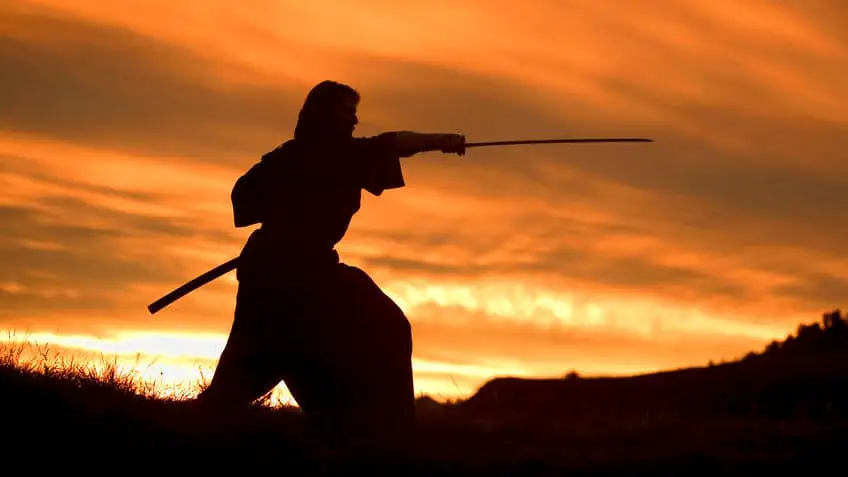
Algren’s spiritual transformation helps to understand the main idea of the film: modern Western civilization needs the values of traditional society as much as this society needs Western technologies. One cult of the dollar will not go far, and therefore the hero of the Civil War drank in the dark: without faith and ideals, any civilization degrades. By the way, these are not necessarily the ideals of the samurai: in European culture there are enough examples of honor and nobility, military traditions and humanism. But since the film is based on Japanese history, we see a meditating Japanese man at the beginning of the film as a symbol of the spiritual values of traditional society.
What is the meaning of Moritsugu Katsumoto’s image?
Even the most ardent samurai fans admit that the image of Katsumoto – a knight, so to speak, without fear and reproach – turned out to be too perfect. But this is not a miscalculation of the scriptwriter and director, but part of the overall plan. Katsumoto is the embodiment of military honor, without which the war degenerates into inhuman carnage (this is very clearly seen in the scene of the final battle). In addition to contempt for death, personal valor and loyalty to the overlord (read – to your ideals), military honor includes respect for the enemy and generosity. In any case, it is incompatible with the mass execution of the unarmed.

Were the samurai really so morally flawless? In this case, this is not too important, especially since the class was numerous, and it included very different people – from fanatics and thugs to such impeccable warriors as Katsumoto.
Why didn’t Katsumoto kill Olgren, but took him prisoner?
Katsumoto himself explains the captivity of the American with a desire to learn English, but it is clear that the real reason is different: seeing how Olgren, doomed and wounded, alone fought off half a dozen samurai, the Japanese felt an involuntary respect for his courage and saw in him a worthy opponent. In general, the relationship between Olgren and Katsumoto fully fits into the famous lines of Kipling: “But there is no West and there is no East, there are no nations, families and barriers when two strong and brave men look into each other’s eyes,” although they failed to come to a “common denominator” straightaway.

How could Taka fall in love with Olgren who killed her husband?
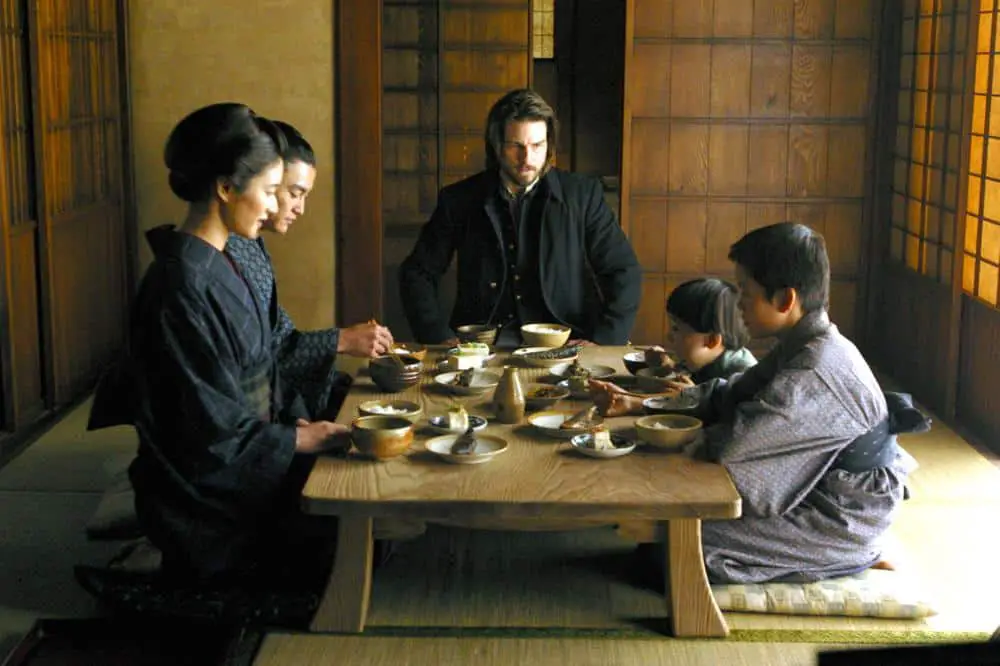
If the friendship, and then the military brotherhood of Olgren and Katsumoto, look psychologically quite reliable, then the romance between the samurai’s widow and his killer raised doubts among some viewers. The image of Taki can be interpreted as the embodiment of that very eternal love that forgives everything, or it can be considered that the director introduced a romantic line in order to avoid the well-known ambiguity of the relationship between Olgren and Katsumoto, given that homosexuality was also among the traditions of samurai. And so there is no doubt: Olgren loves a woman, and Katsumoto loves Japan.
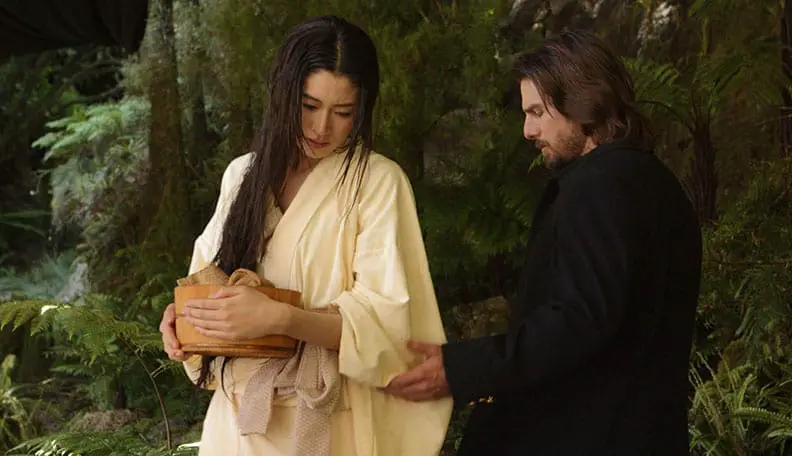
What is the meaning of the scene in which Olgren hands the Katsumoto sword to the emperor?
After the heroic death of the last samurai, Olgren hands his sword to Emperor Meiji, who literally changes foreign policy in three minutes. Since there was nothing like this in history, the scene should be interpreted symbolically: at the cost of their lives, Katsumoto and his associates proved to the supreme power the importance of national traditions, the need to rely on the best that was in the past of the country, for the sake of its future. And so it happened: Japan began to develop rapidly when it managed to combine national traditions and technological progress.
Are there prototypes for the main characters?

It is believed that the prototype of Katsumoto was Saigo Takamori, a former head of the military department who opposed modernization and raised the Satsuma uprising in 1877. After the defeat in the battle near Kumamoto, Takamori committed seppuku, but, of course, there was no American with him at that moment.
However, Allgren also has a partial prototype. It was the Frenchman Jules Brunet, a member of the French mission in Japan and a participant in the Boshin war, which was fought between supporters of the Tokugawa Shogunate (military-feudal government) and supporters of the emperor. Brunet, along with other French officers, participated in organizing the Shogunate’s army on the island of Hokkaido. After the defeat, he left for France, where he lived a fairly long life and rose to the rank of general.







